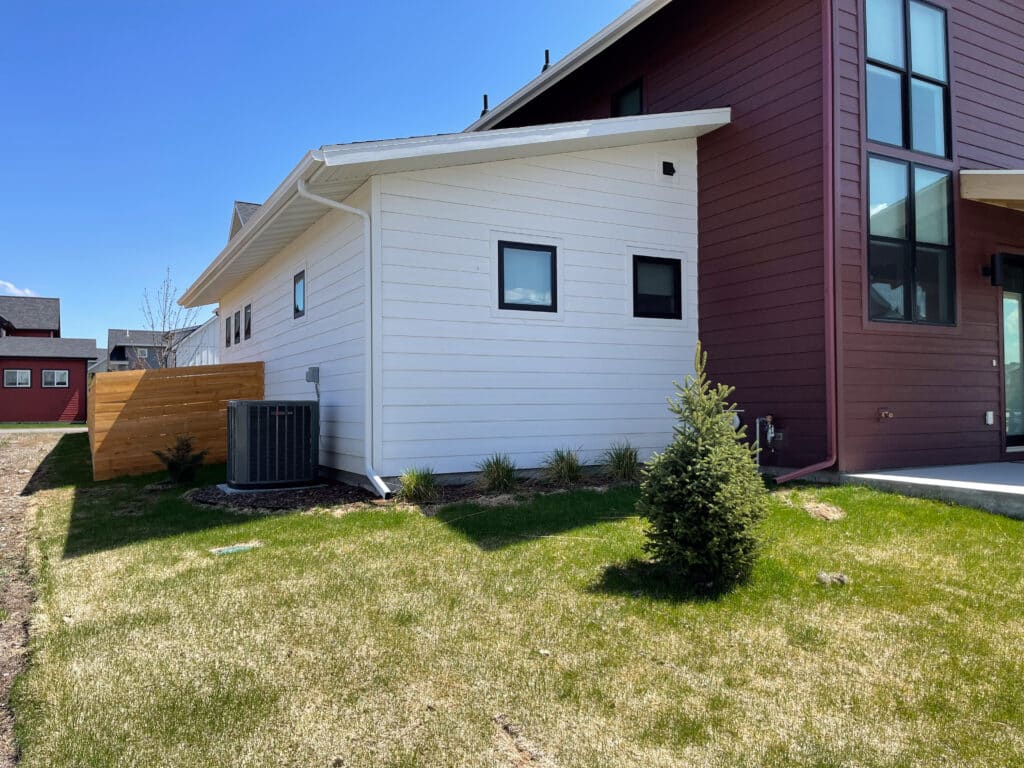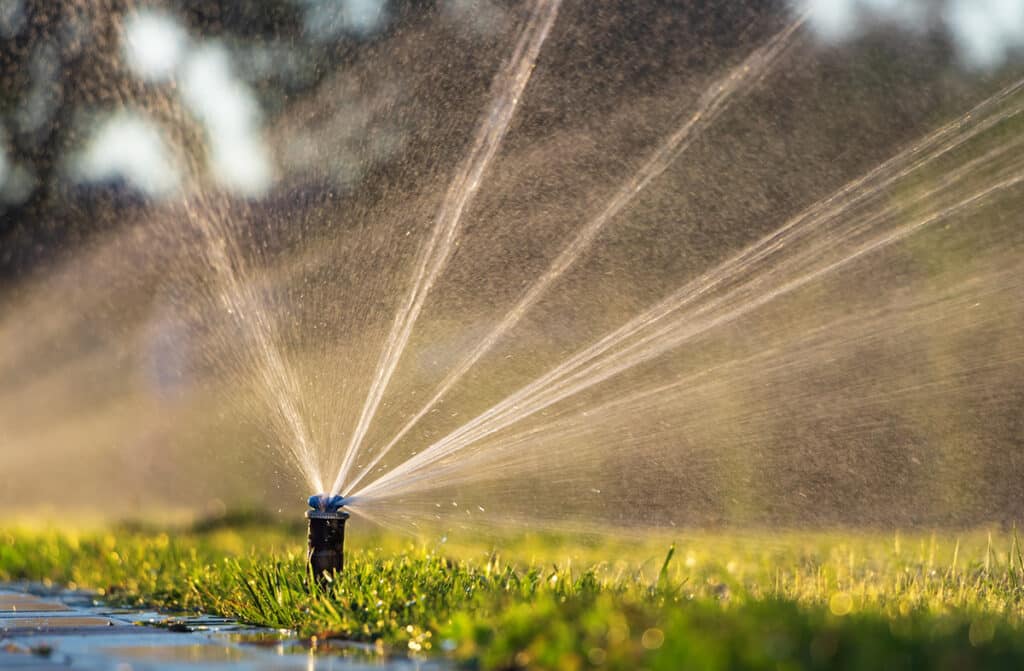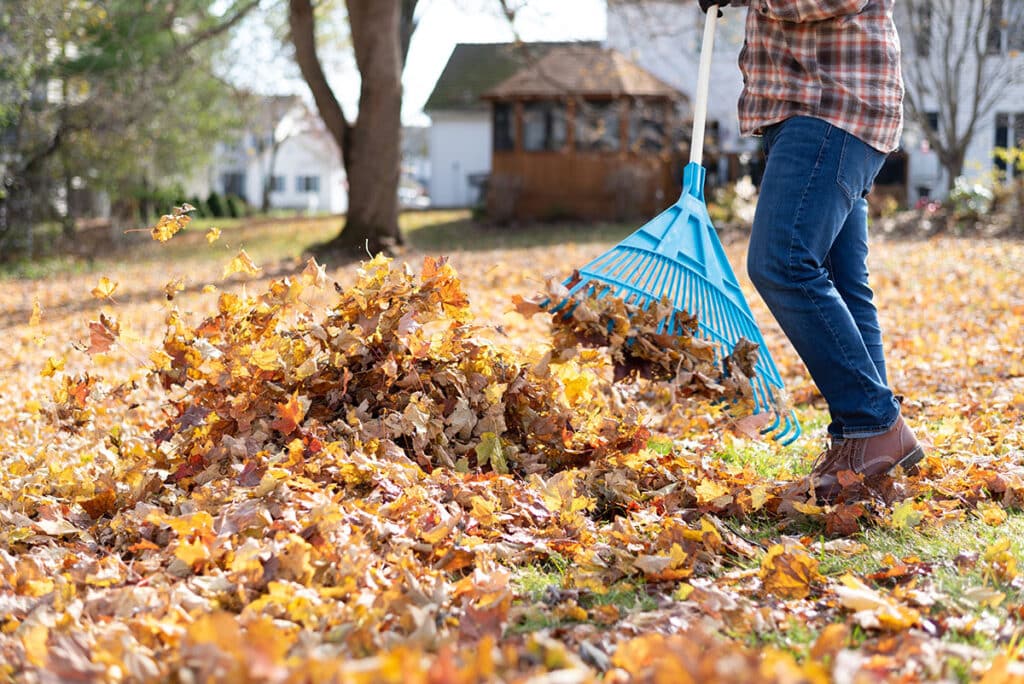Aeration improves soil compaction, enhances nutrient absorption, and promotes better root growth.
Lawn aeration involves perforating the soil with small holes to allow air, water, and nutrients to penetrate the grass roots. This process offers several benefits for the overall health and appearance of your lawn. Here are the key lawn aeration benefits:
Benefits
1. Improved Soil Aeration
Increased Oxygen Infiltration: Aeration enhances the flow of oxygen into the soil, promoting healthier root systems. Grass roots require oxygen for essential metabolic processes, and improved aeration helps prevent soil compaction.
2. Enhanced Water Absorption
Increased Water Penetration: Aeration allows water to penetrate the soil more effectively, reducing runoff and promoting better water absorption by the roots. This helps prevent waterlogged conditions and encourages deeper root growth.

3. Nutrient Uptake
Better Nutrient Absorption: Aeration facilitates the movement of essential nutrients, such as nitrogen, phosphorus, and potassium, into the root zone. This enhances the grass’s ability to absorb nutrients, promoting overall plant health.
4. Reduced Soil Compaction
Loosening Compact Soil: Aeration breaks up compacted soil, which can occur due to heavy foot traffic, equipment use, or clay soil composition. Compacted soil restricts root growth and hinders water infiltration.
5. Stimulation of Root Growth
Encouraging Deeper Roots: Aeration stimulates the development of deeper and more extensive root systems. Deeper roots contribute to the overall stability and resilience of the grass, making it more resistant to stress and environmental challenges.
6. Improved Thatch Breakdown
Enhanced Microbial Activity: Aeration encourages microbial activity in the soil, promoting the breakdown of thatch. Thatch is a layer of dead grass and organic matter that can accumulate on the soil surface. Aeration helps accelerate the decomposition of thatch.
7. Enhanced Seed Germination
Optimal Conditions for Seeding: Aeration creates an optimal environment for seed germination and new grass growth. It improves seed-to-soil contact, increasing the chances of successful overseeding or establishing a new lawn.
8. Improved Lawn Health and Appearance
Enhanced Turf Density: Aeration contributes to improved turf density by promoting healthy grass growth. This results in a thicker and lusher lawn with a more uniform appearance.
9. Stress Resistance
Reduced Stress on Grass: A well-aerated lawn is more resistant to stress factors such as heat, drought, and disease. The improved root system and nutrient absorption contribute to the lawn’s ability to withstand adverse conditions.
Keep Seeded Areas Moist: Keep newly seeded areas consistently moist until the grass establishes.
10. Cost-Effective Lawn Care
Preventing Costly Repairs: Regular aeration can prevent the need for costly lawn repairs due to soil compaction or poor grass health. It serves as a proactive measure to maintain a healthy and resilient lawn.
11. Seasonal Aeration
Seasonal Application: Aerate your lawn during the growing season, typically in the spring or fall, for optimal results. The specific timing depends on factors such as grass type and local climate conditions.
Final Thoughts
Lawn aeration is a valuable practice in lawn care, providing multiple benefits that contribute to the long-term health and vitality of your grass. It is often recommended as part of a comprehensive lawn maintenance program, especially for lawns that experience heavy use or have compacted soil.



